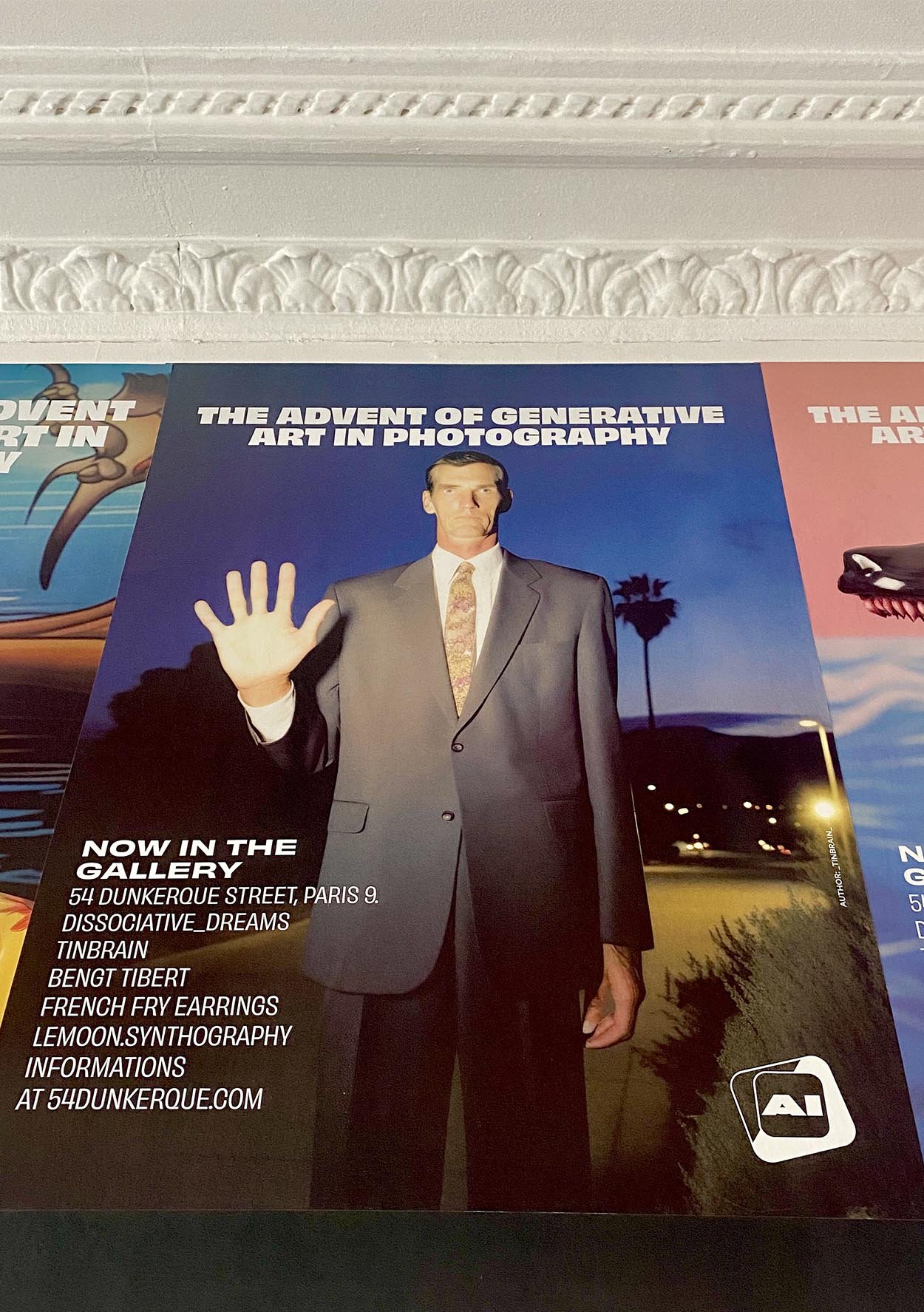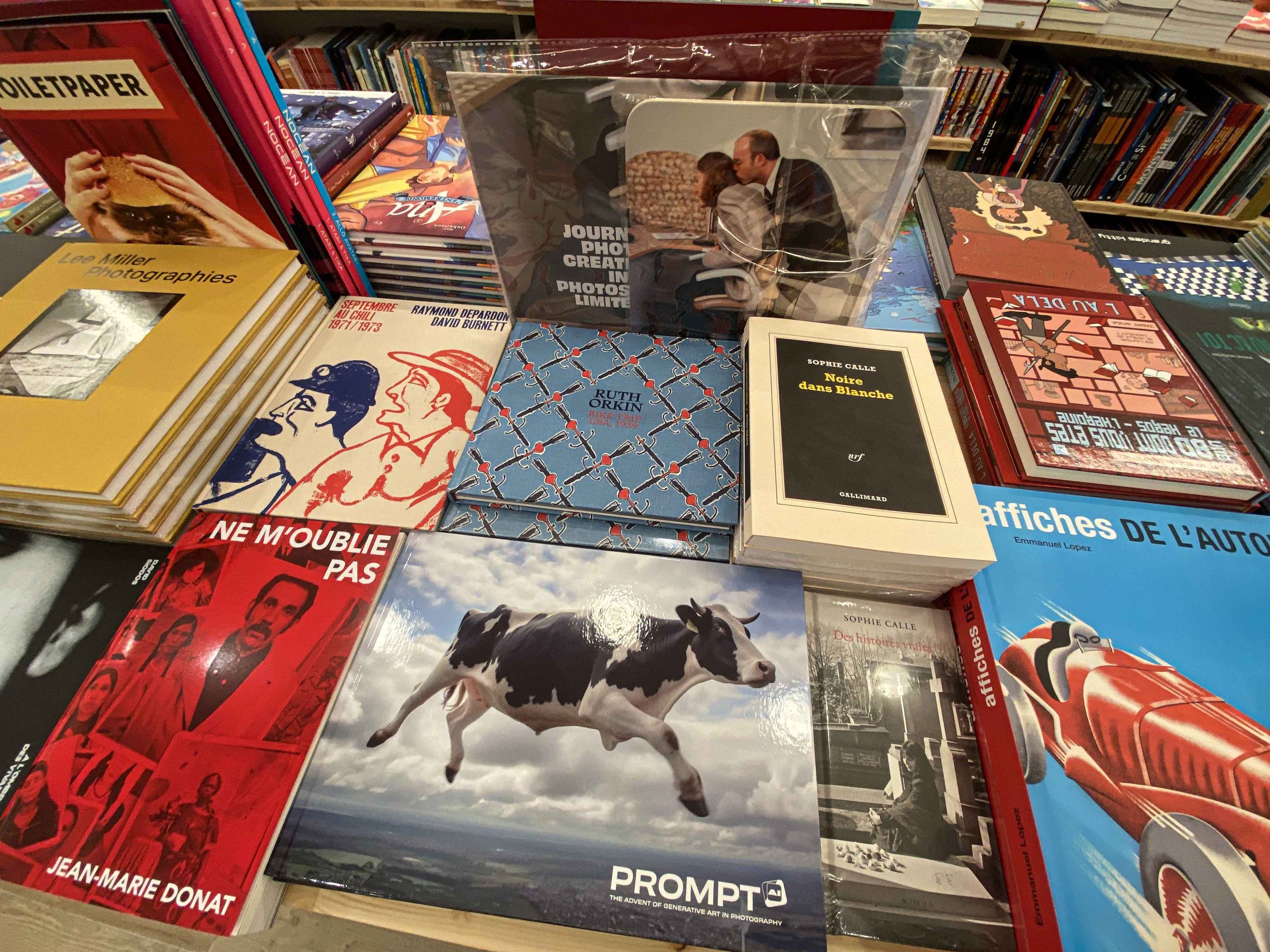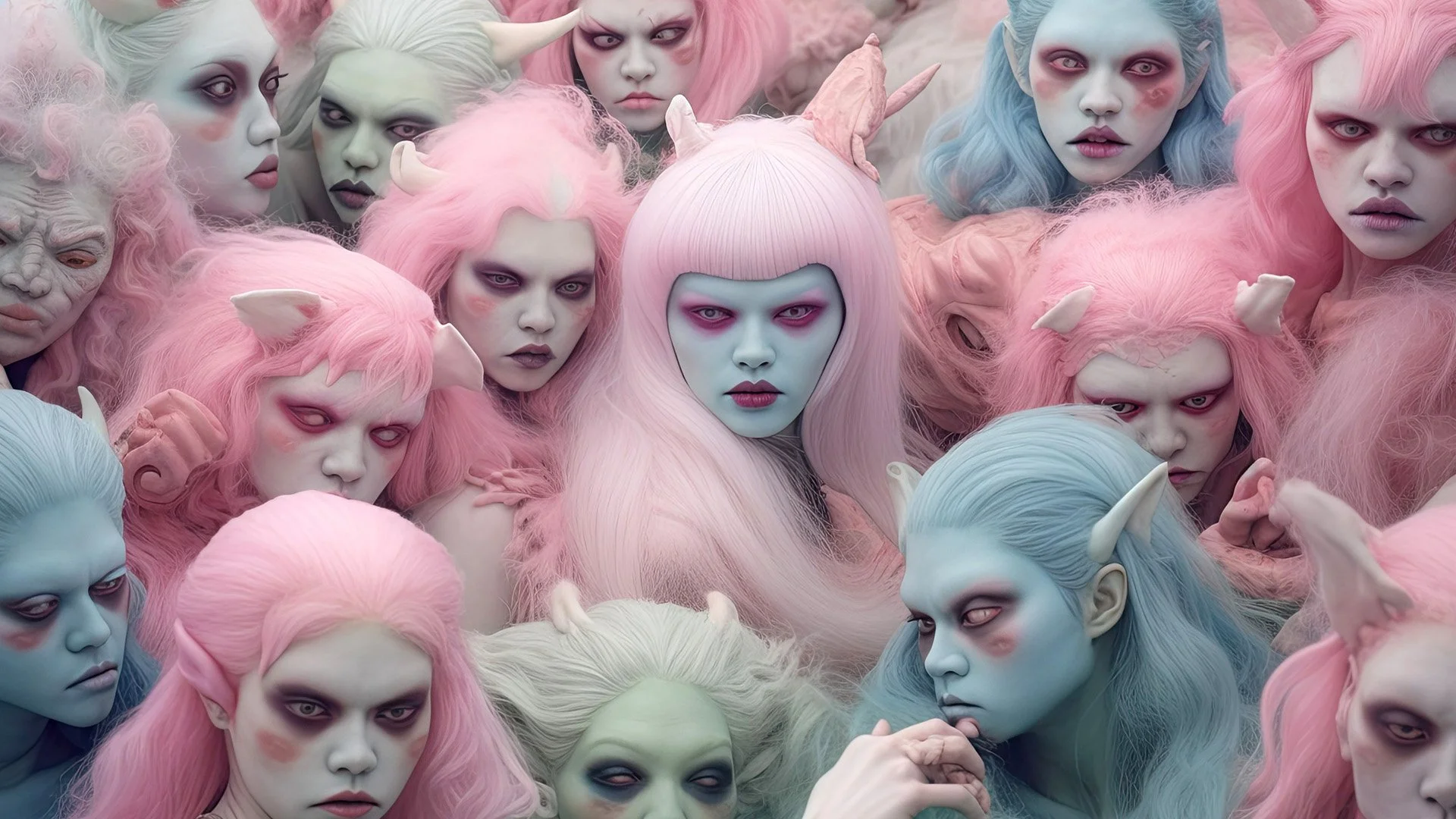Oneiric project I Prompt AI book I Back to work journal
Exhibition completed. The advent of generative art at 54 Dunkerque.
The Oneiric Project. Closed on Wednesday and Sunday. Located at 54 Rue de Dunkerque, 75009 Paris.
L'exposition Oneiric Project vous convie à un à tour d’horizon sur des créations issues de l'intelligence artificielle et de leurs créateurs. Elle offre également l'opportunité d'entamer une réflexion approfondie sur les implications de cette technologie innovante. Des thèmes tels que le droit à l'image, la fiabilité de l'information, la démocratisation de la création, la transformation des métiers traditionnels liés à l'image, le rôle des NFT (Tokens Non Fungibles), ainsi que de nombreux autres sujets connexes à l'univers de l'image sont abordés.
The Oneiric Project" invites you to take a comprehensive look at photo and video creations generated by artificial intelligence and their creators. It also provides an opportunity to initiate in-depth reflection on the implications of this new technology. Themes such as the right to image, the reliability of information, the democratization of creation, the transformation of traditional image-related professions, the role of NFTs (Non-Fungible Tokens), knowledge outsourcing through Chat GPT, and many other topics related to the world of imagery and information are addressed.
Informations hello@54dunkerque.com.
Prompt AI Book, limited numbered edition of 100 copies, followed by open sale.
Prompt AI Book, limited numbered edition of 100 copies, followed by open sale.
Back to work journal 2023. Edition of 50 copies.

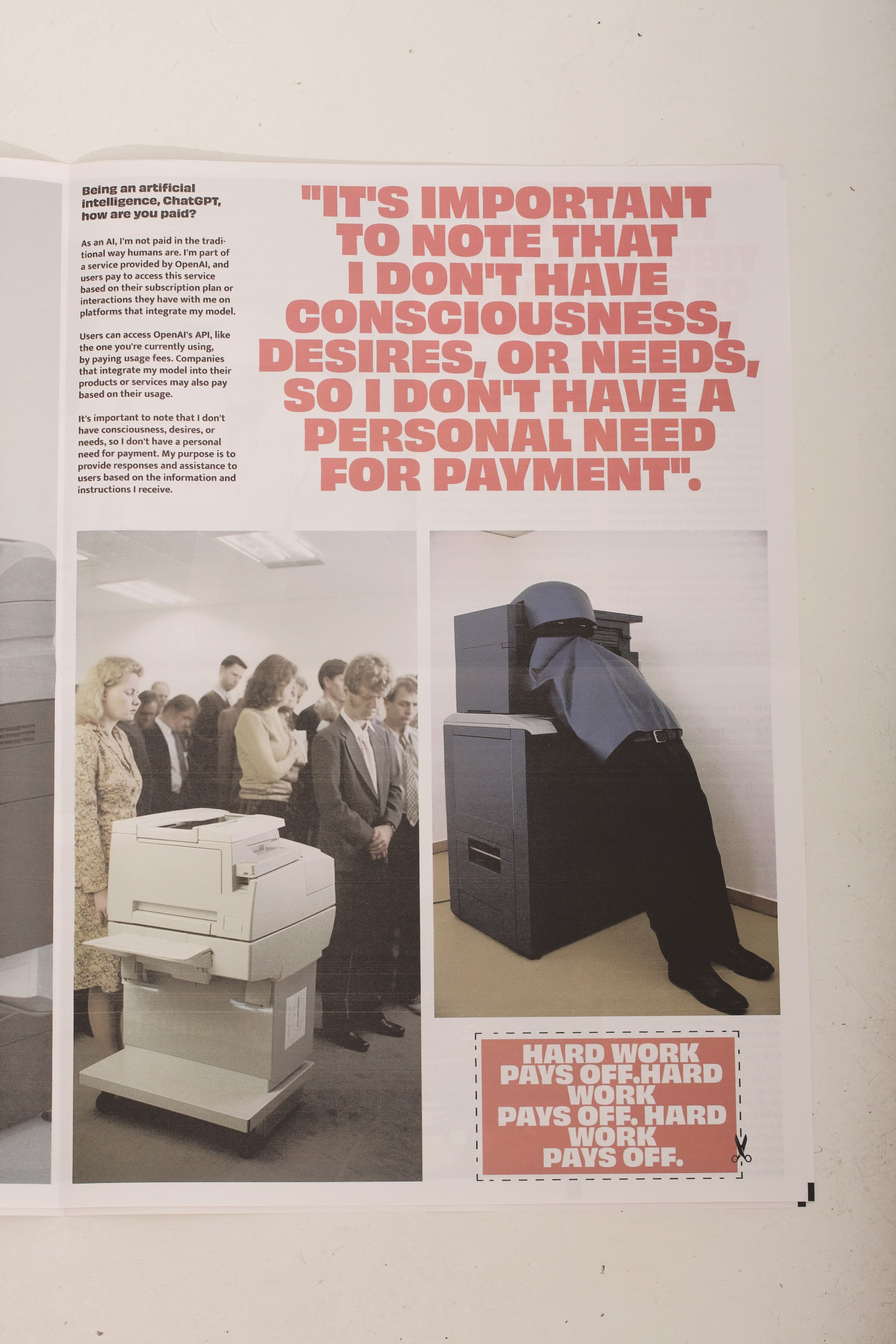
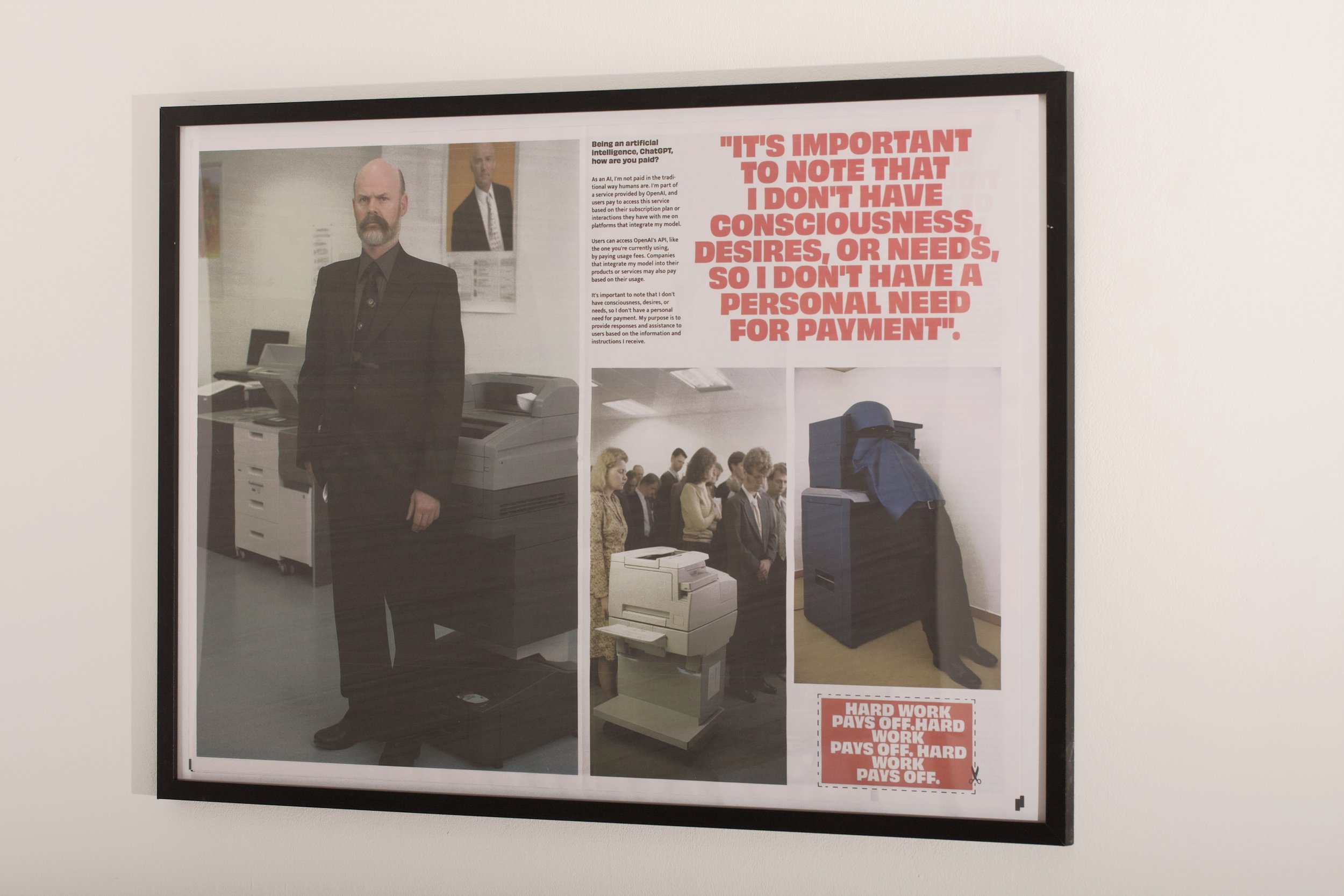

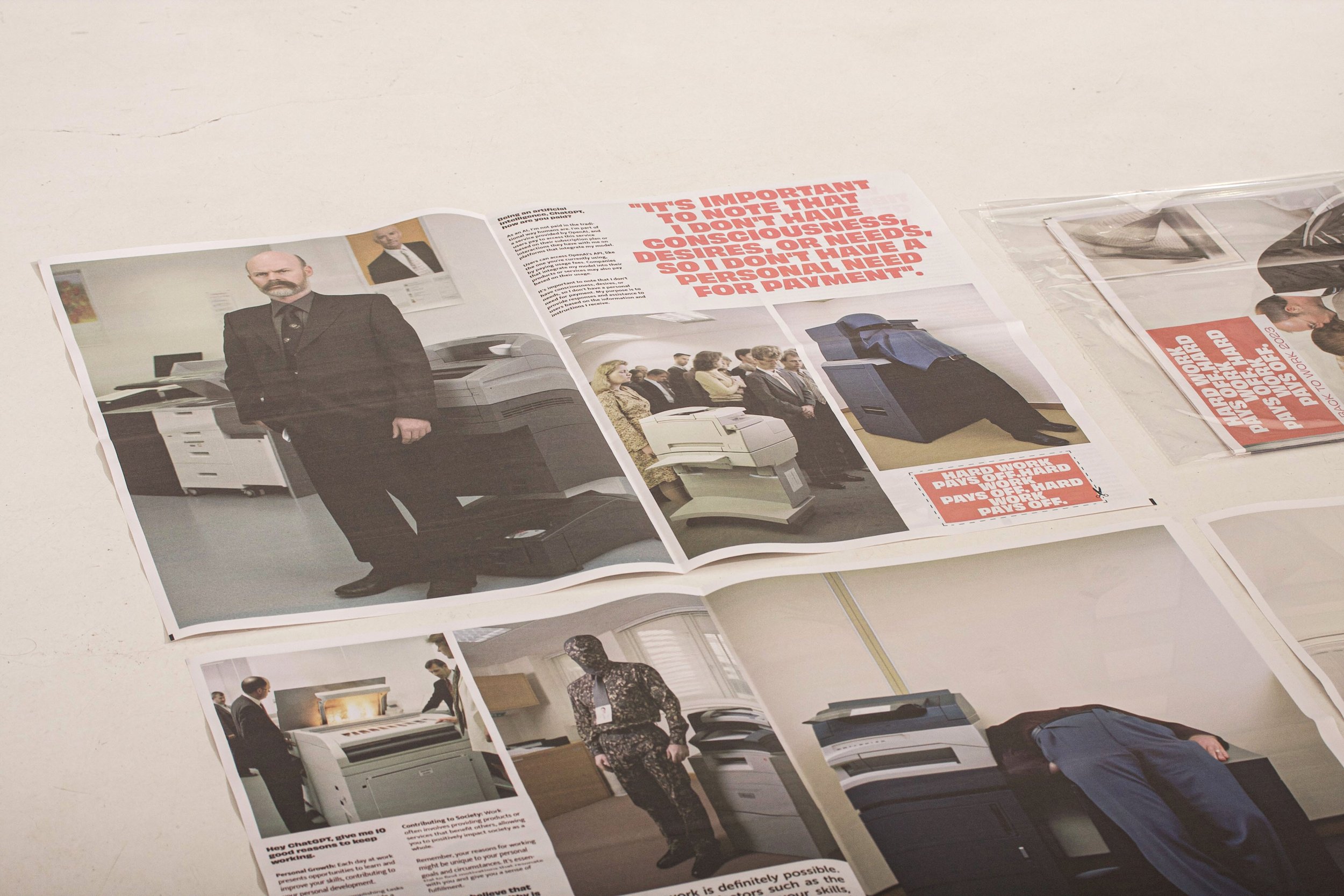
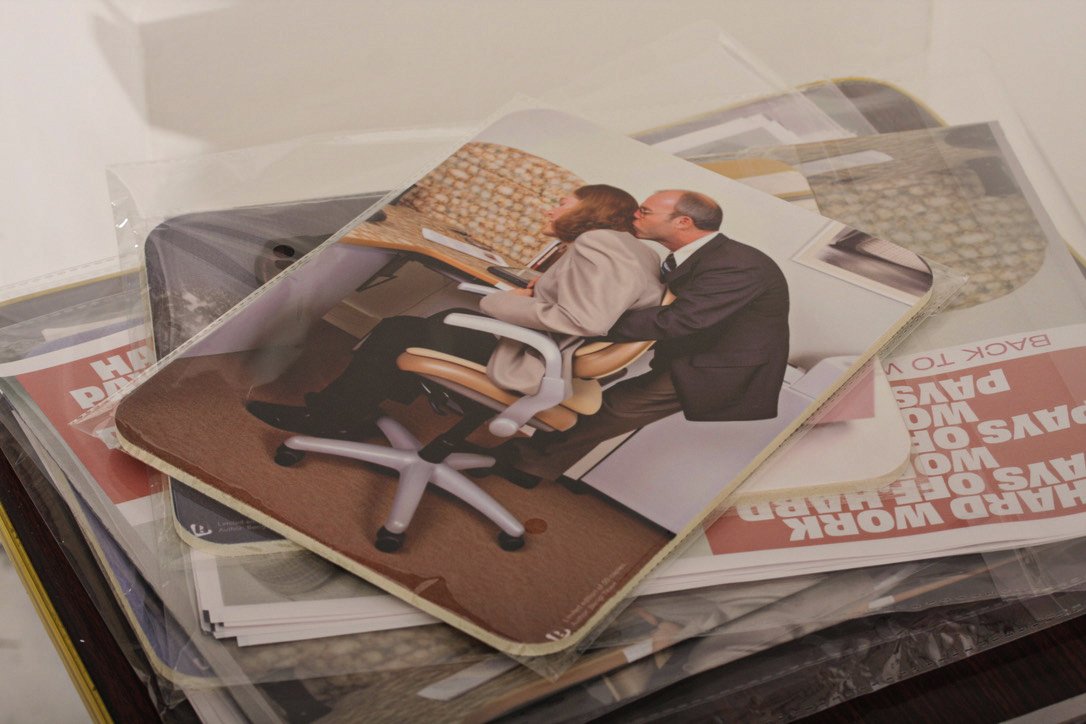
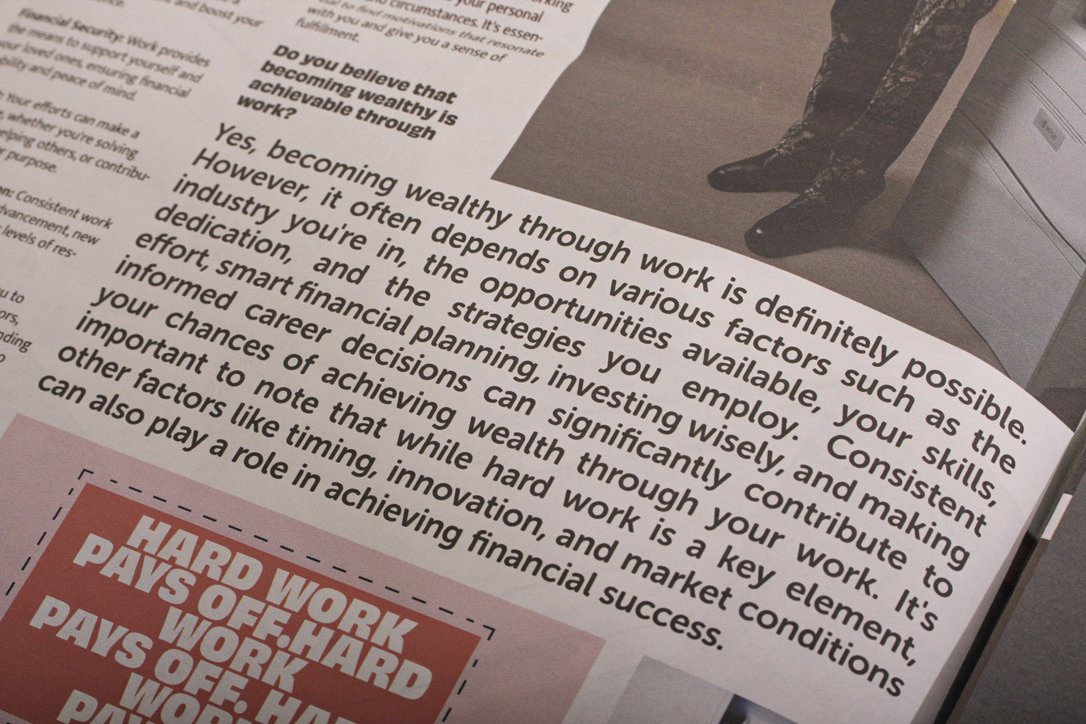
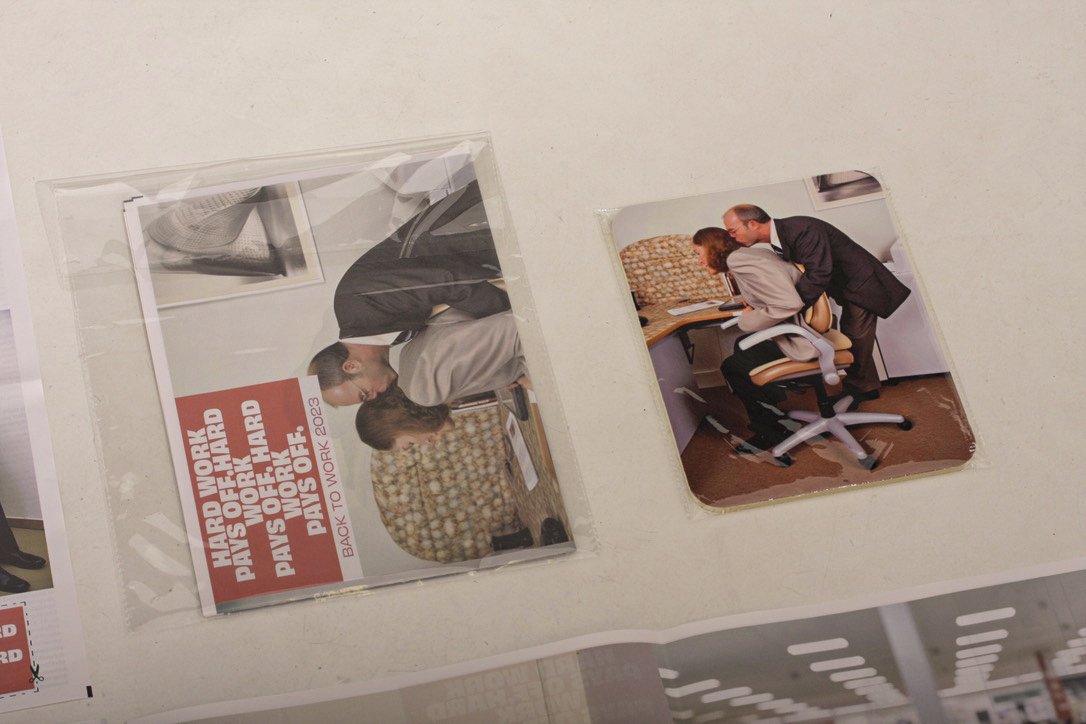
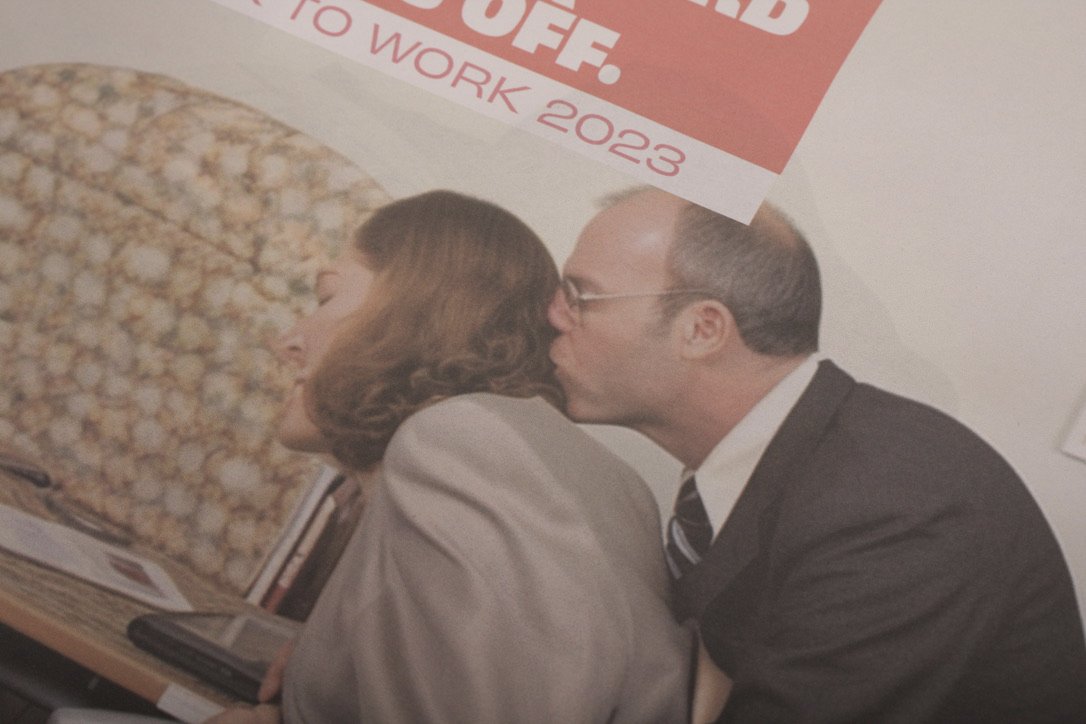
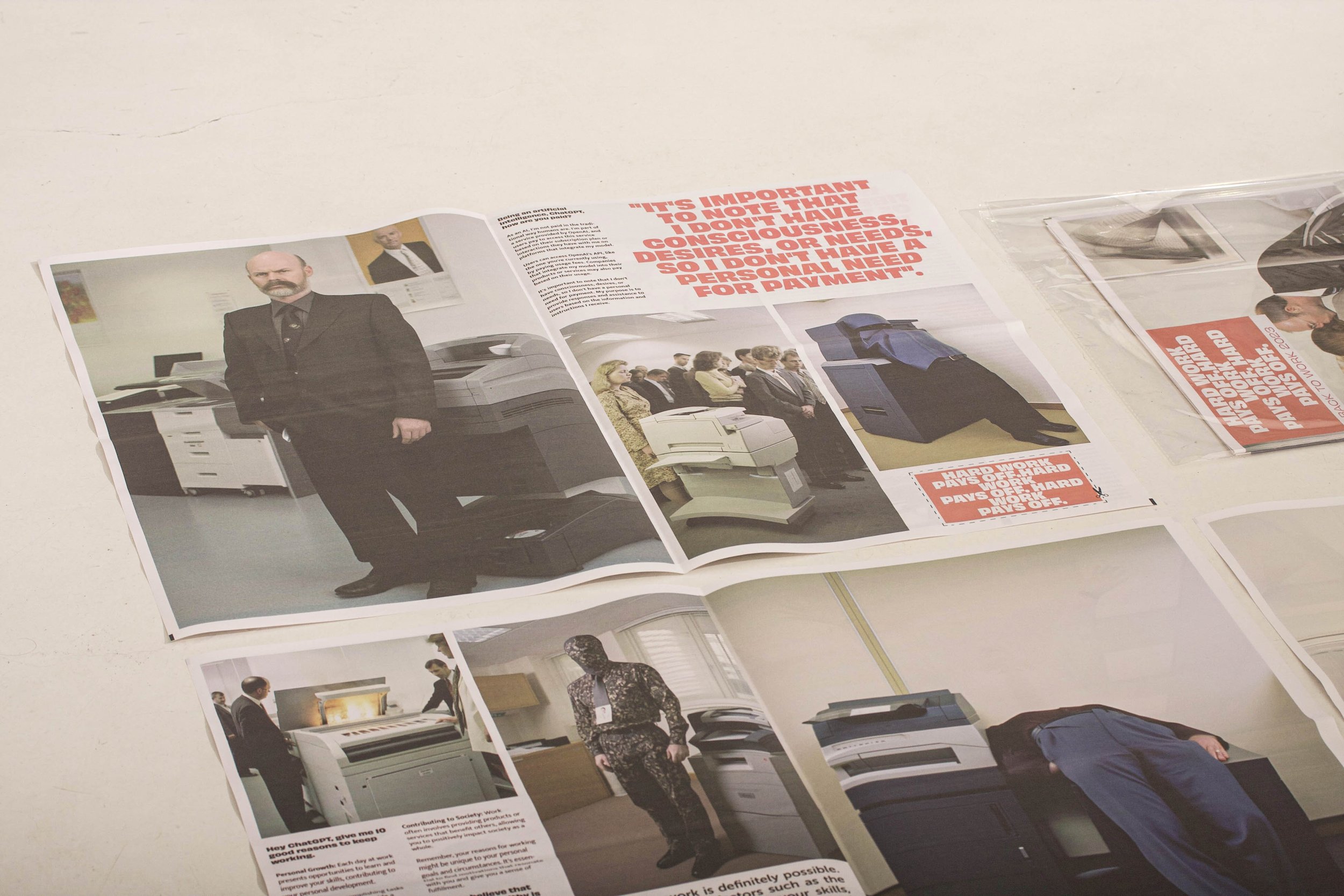

The emergence of Artificial Intelligence (AI) in the field of art marks an unprecedented and revolutionary advancement, disrupting the very notion of art for future generations. Artists, painters, stylists, designers, photographers, and more now have to coexist with this intelligent and artificial creation, giving rise to a new artistic movement that emerges as a captivating and surprising neo-surrealism, fueled by the symbolic power of its images.
This both fascinating and frightening technology evokes mixed reactions. Indeed, the art world, where the artist's talent is the driving force of expression, is now threatened by seemingly limitless algorithms. Concerns are legitimate regarding the possibility of AI overshadowing human creativity and relegating artists to the background.
The creation process involves an interaction with software such as Midjourney, initiated by the command "/imagine". The prompt, consisting of standardized instructions, generates an image by selecting various effects such as angle, light, texture, photographic style, and inspiration. The AI, acting as a dialogue box, then produces a series of 4 images that the author can subsequently correct, enlarge, and retouch.
It is imperative that the art world maintains a critical approach to this evolution. This technology must remain subject to human thought control to avoid any artistic deviation. It is necessary not to perceive this new medium as a threat to traditional art but rather as a powerful tool for contemporary artistic expression that should not escape the expert gaze of art professionals.
In this new artistic ecosystem, the relationship between the artist and artificial intelligence is a complex and stimulating alliance. Artists, also referred to as authors, can now harness the unique capabilities of AI to transcend the limits of their own imagination, creating works that would have never been otherwise conceivable. The collaboration between humans and machines creates an unprecedented artistic dialogue, where human creativity feeds on the infinite possibilities of artificial intelligence.
Despite technological advancements, the essence of art remains rooted in human experience and emotion. This tool can produce aesthetically impressive works, but it cannot claim the same conceptual depth and richness of meaning as art created by the human mind.
The interaction between the artist and algorithms undoubtedly opens up new creative perspectives, which is why we have decided to showcase a selection of iconographic images and videos created by five artists: Tinbrain, Bunty_AI, Bengt Tibert, Frenchfryearrings, dissociative_dreams, Jess MacCormack and lemoon.synthography. These artists, who are active on Instagram and hail from different corners of the world, stand out for their unique styles. Upon examining the presented images, one can observe an evident creative limitation that results in a certain uniformity in their creations. This homogeneity seems to overlook the artists' cultural backgrounds, which often have a significant influence in traditional art. However, despite these similar aesthetic characteristics, it is interesting to note the emergence of distinct poetic registers specific to each artist through their publications.
The reception of these creations evokes similar critiques to those encountered during the emergence of electronic music genre "Techno" in its time, where doubts and suspicions were present. However, by paying special attention to these images and disregarding the tool used and issues of intellectual property, we discover a magnificent source of inspiration.
…”We need to be very careful when discussing technology and music because, ultimately, for the Gauls, a symphony orchestra could have been considered fiction as well. So we must pay close attention to the technology I use today, and I'm not the only one using it. It is a technology that is adapted to the cultural context of my era. If I had lived 100 years ago, I would have certainly used a symphony orchestra”, J-M Jarre.
Can the perception of AI as a threat to creativity be compared to the emergence of electronic music in its time? Each generation coexists with its share of new technologies and the resulting consequences. This interview explores the thoughts of one of the pioneers of electronic music, Jean-Michel Jarre, whose father was a classical music composer. Dating back to December 1st, 1979, it demonstrates that humans always feel disoriented when faced with new technology. During that time, musicians were undergoing a change in status, with some eventually becoming DJs. Did electronic music kill traditional music, rock, jazz, or classical music? Artificial intelligence is not autonomous; it responds to commands known as "prompts" and relies on a series of human decisions. Just as musicians evolved to become arrangers, artists, influenced by AI, are becoming authors. However, should we question the status of the artist?
The images presented by these artists reveal a surprising artistic potential. The use of AI offers an endless palette of creative possibilities, allowing for the exploration of new expressive territories.
The Oneiric AI exhibition will showcase prints and videos at the gallery located at 54 Dunkerque Street. It will take place from Monday, May 22nd, to Friday, May 26th, and then from September 5th to September 30th. A dedicated book featuring these creations will also be presented during the exhibition.
Author: lemoon.synthography
Author: Tinbrain, Matus Toth.
Author : Frenchfryearrings, Bengt Tibert.
Author : Bunty-AI.

